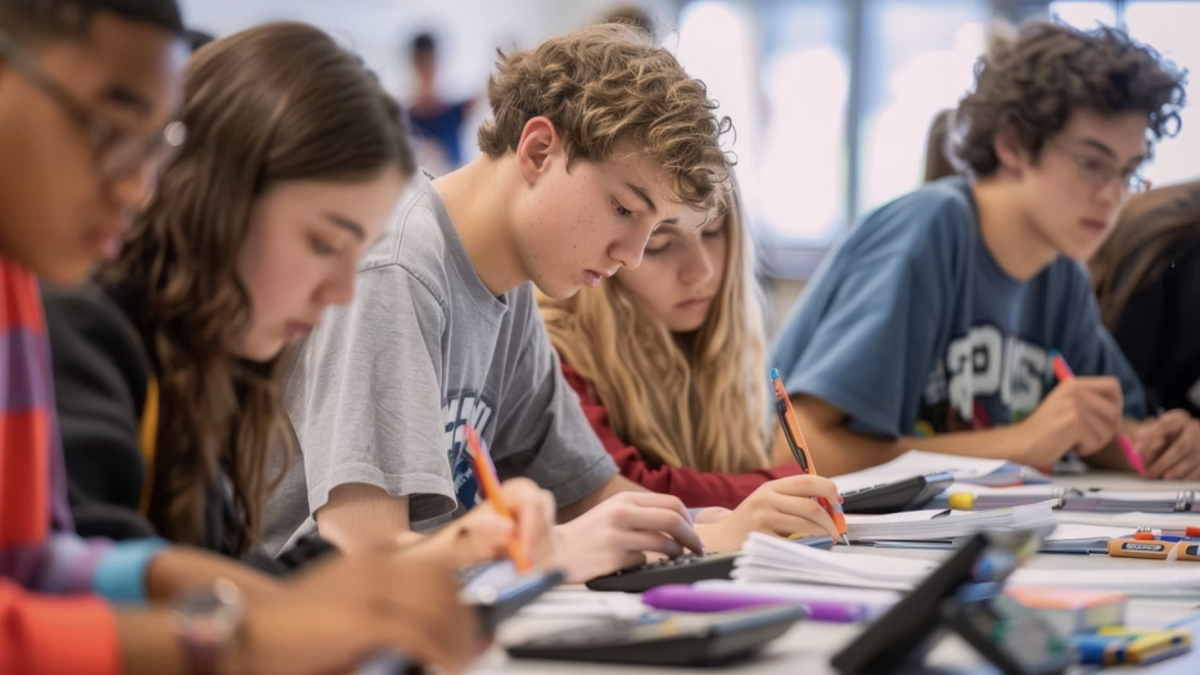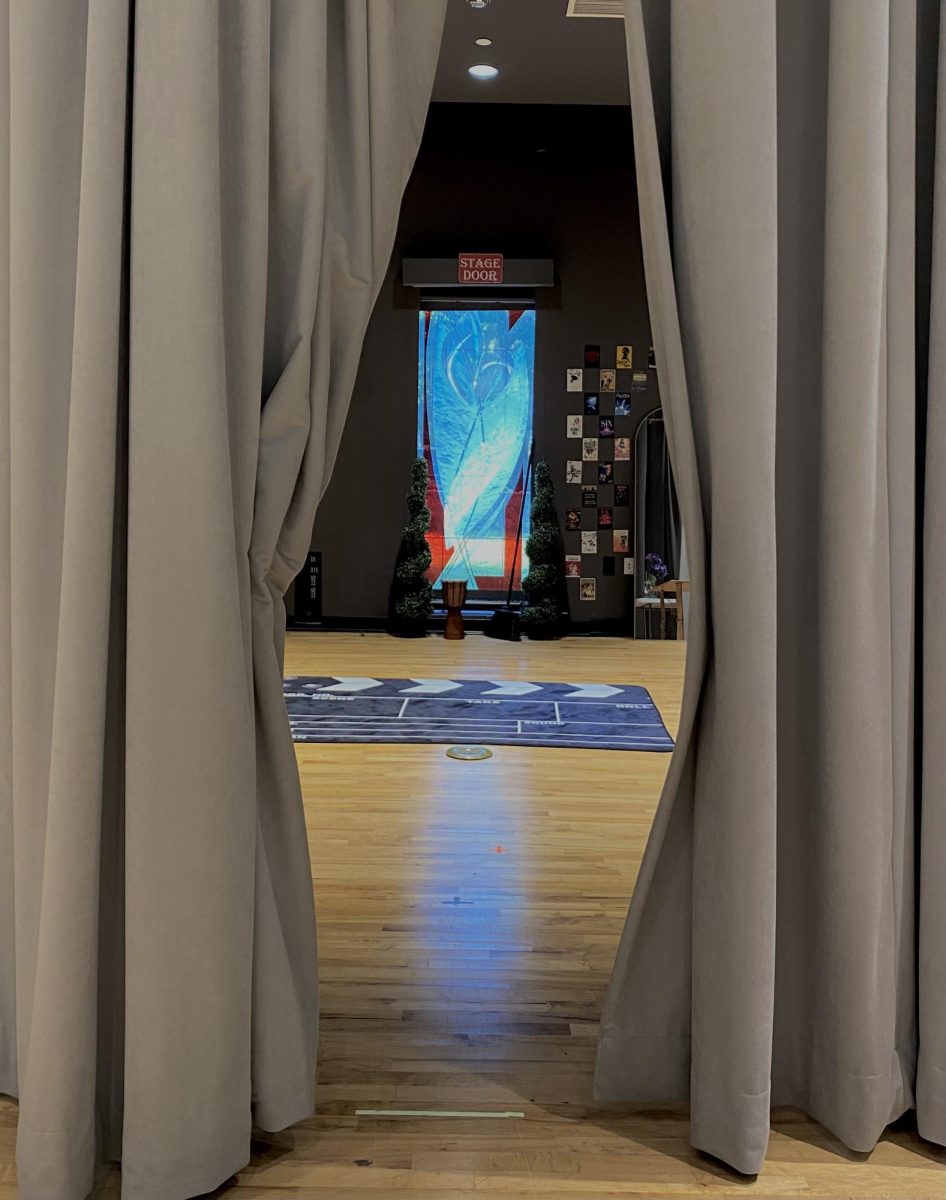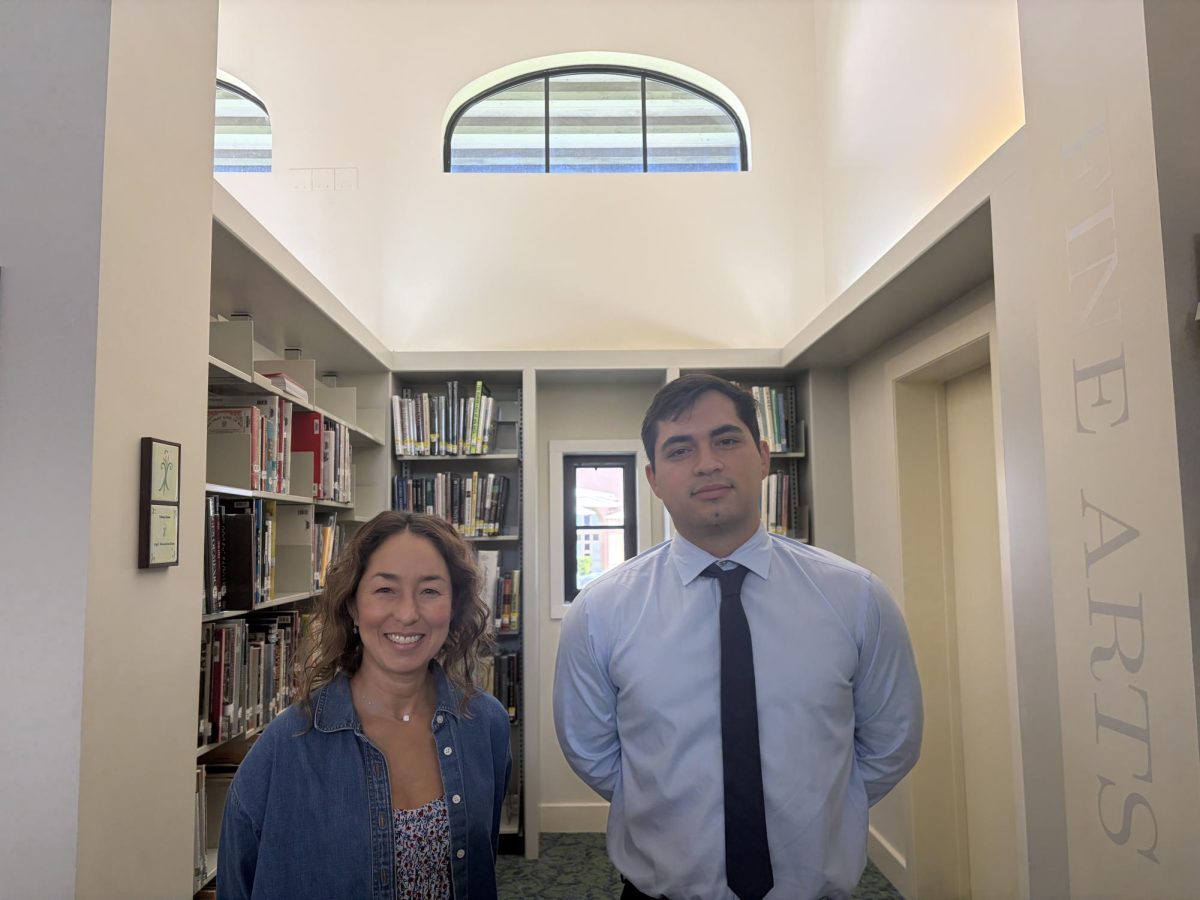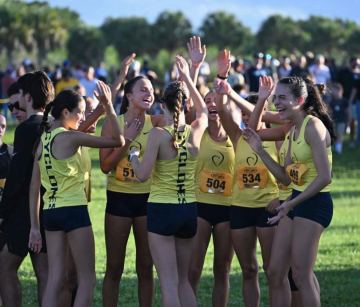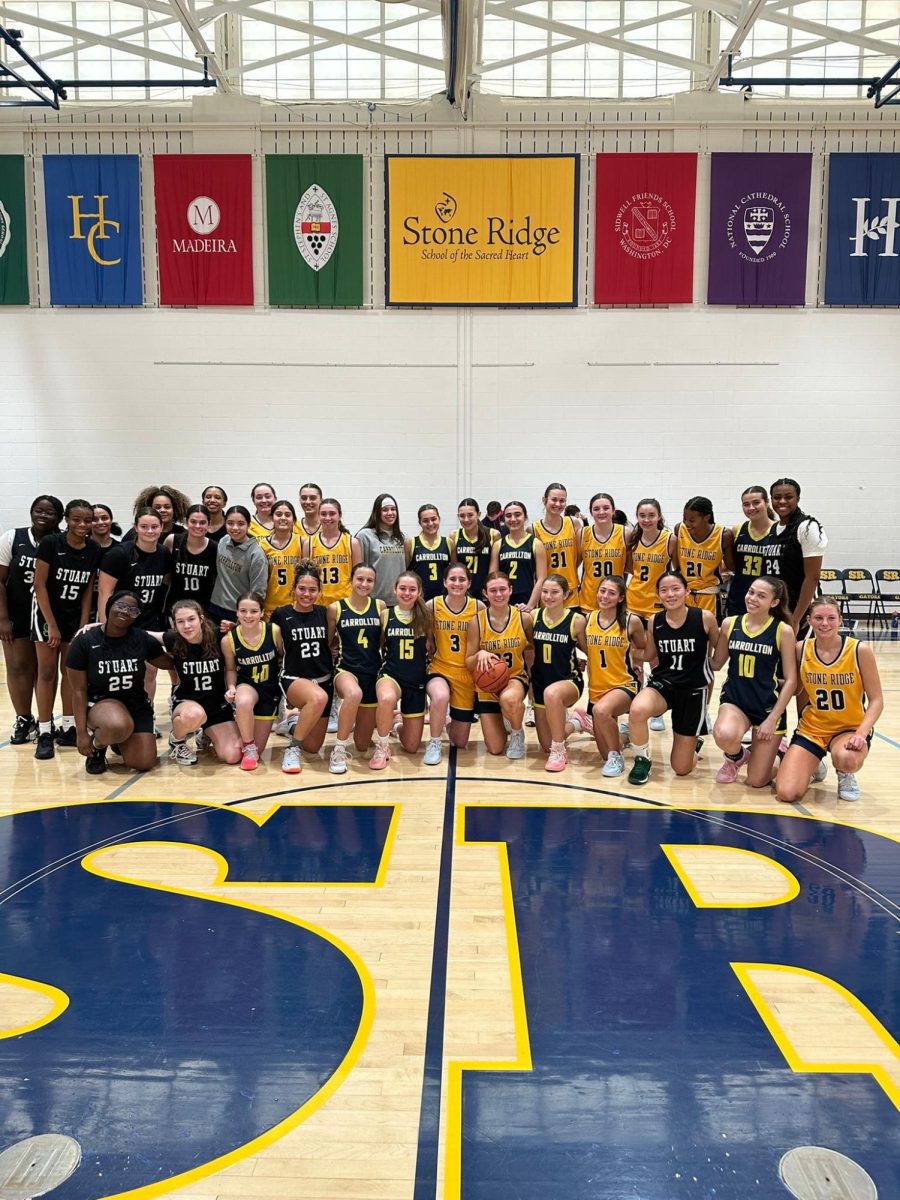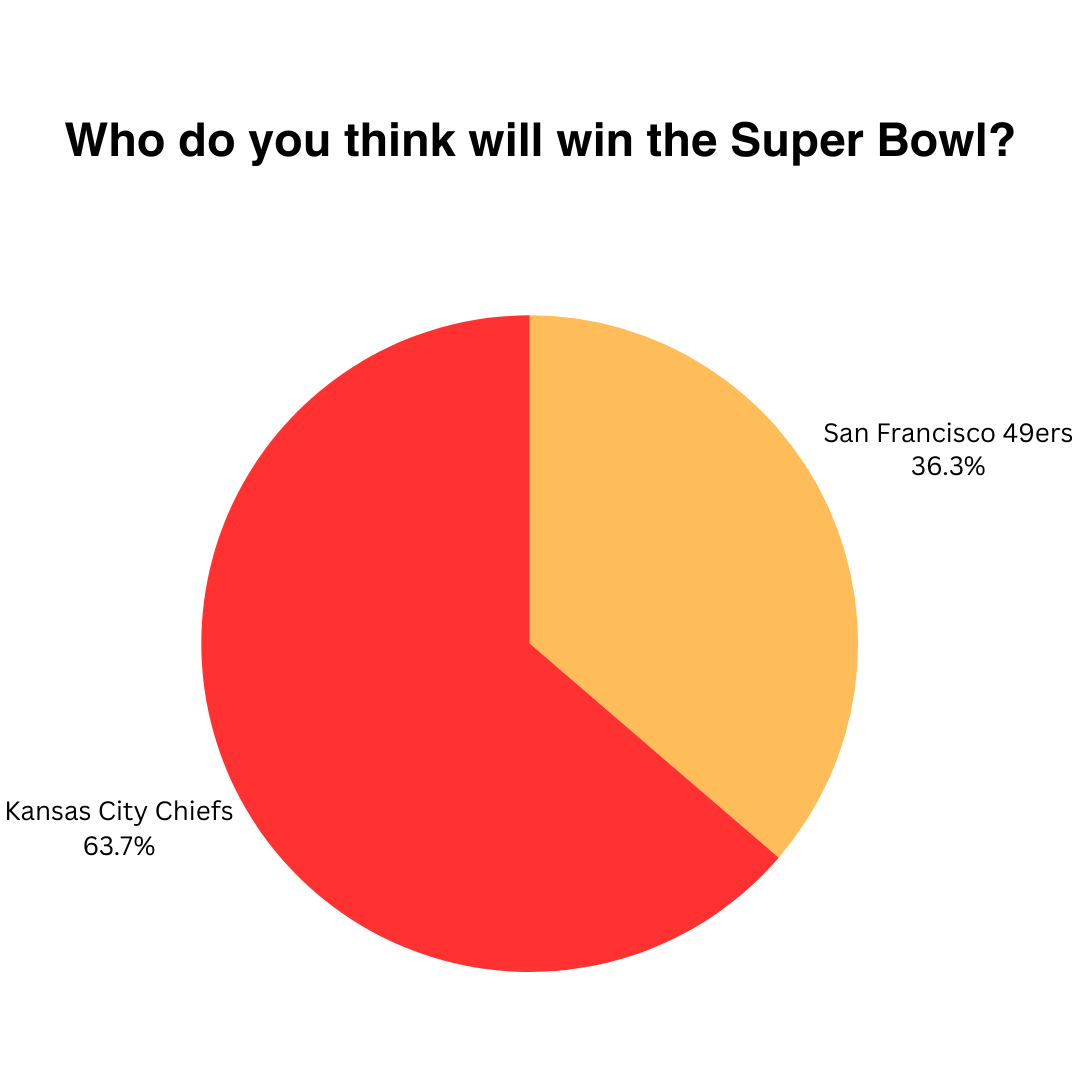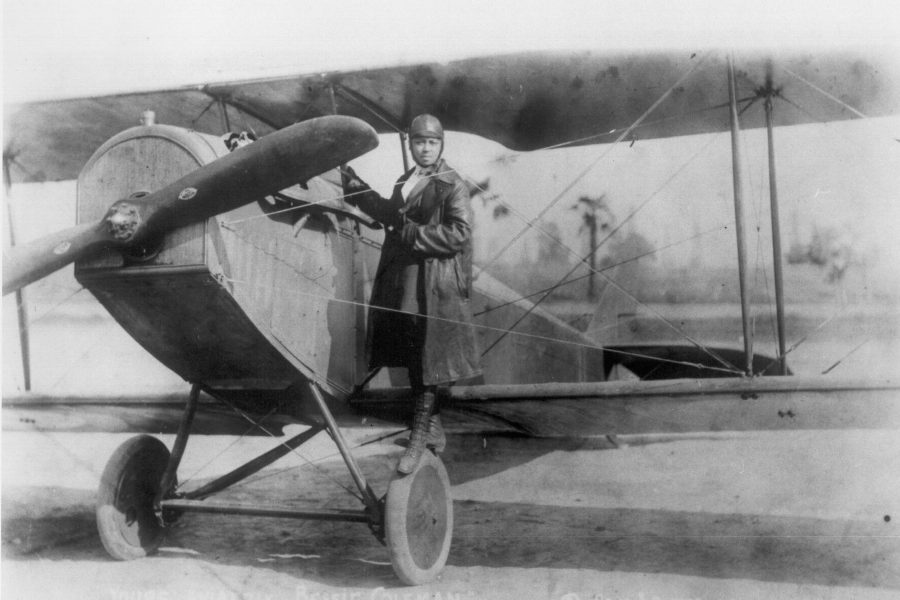Coleman, an African-American pilot inducted into the National Aviation Hall of Fame in 2000, traveled the world entertaining people with her aerobatics while promoting African-American and women’s rights.
In honor of both Black History Month and Women’s History Month, we celebrate Bessie Coleman, who advocated for human rights and became a role model for females around the world.
Bessie Coleman, born in Atlanta, Texas in 1892, is known for her career as a stunt pilot, which was not only a great accomplishment for a woman at that time, but especially for an African-American woman. Throughout her childhood and teenage years, she helped her mother pick cotton and wash laundry, and by the time she was 18, had saved up enough money to enroll in the Colored Agricultural and Normal University. However, after only one month, she dropped out because she could no longer afford the university. In 1915, Coleman moved to Chicago where she attended the Burnham School of Beauty Culture and then became a manicurist at a local barber shop. She lived with her brothers, who at the time were both serving as pilots in World War I and frequently told her intriguing stories of their battles. They teased her that French women could fly and she could not, but in the end, her brother’s pestering would push her to follow her dream.
Coleman applied to flight schools across the country, but everyone rejected her because she was a woman and African-American. However, she did not give up and spent her free time learning French, so she could apply to flight school in France. She was finally accepted into the Caudron Brothers School of Aviation, in Le Crotoy, France, and on June 15, 1921, she received her international pilot’s license. Coleman dreamed of one day owning a plane and a flight school of her own, and she began to make money by giving speeches and showing videos of plane tricks at churches. One of the many reasons she was so influential was because she refused to speak anywhere that was segregated or showed inferiority to African-Americans.
In 1922, she became the first African-American woman to perform a public flight, and became well-known for her famous “loop-the-loops.” She toured Europe and the United States and taught flight classes and performed in air shows, if they were not segregated.
On April 30, 1926, at the age of 34, Bessie flew alongside a mechanic in the passenger seat of an airplane to test fly one of his planes. At the time, seatbelts were not used in planes, so when an excess plane part got stuck in one of the engines and the plane rolled upside-down, Coleman was ejected from her seat and fell 3,200 feet to the ground below. The tragic accident ended her life and career, but her legacy continues to live on today as one of the most celebrated advocates for African-American women. To this day, her example inspires young girls around the world, of all ages and races, to follow your dreams no matter what anyone else tells you.










